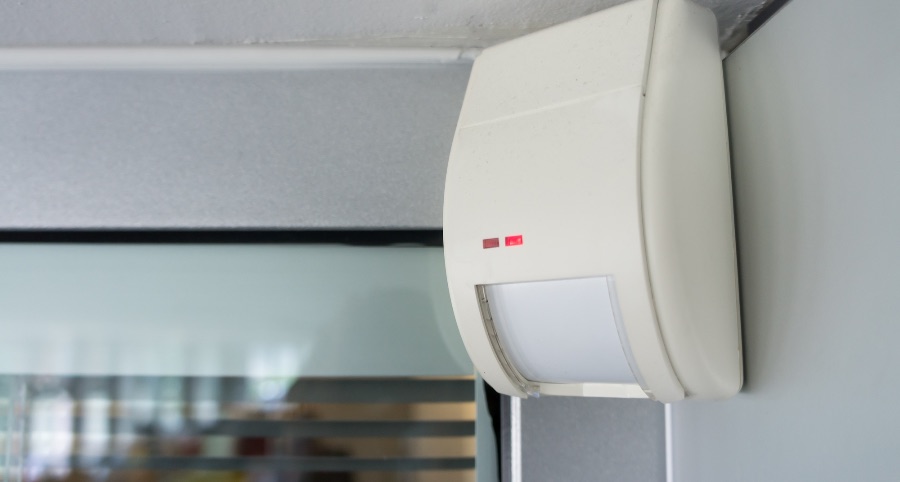How Do Motion Detectors Work In Charlotte?

You’ve probably got a pretty good understanding of what motion detectors do simply based on their name. Indeed, they sense motion, but how exactly do they work? Take a little time to learn about the technology behind them and the many sorts of sensors you might come across. You’ll gain a deeper appreciation of how they work and how you may blend them into your advanced smart home.
What is the technology behind motion detectors?
Identifying activity can be done in a few distinct ways, but motion detectors are ordinarily classified into either of these categories - active or passive.
● Active motion detectors: These sensors are considered active, as they constantly transmit signals like microwaves and then calculate the rate of response. Movement is shown when the time of response changes. Even though microwave sensors are most frequently used, you’ll also find active motion detectors that utilize infrared light or sound waves.
● Passive infrared (PIR) motion detectors: Often encountered within home defense systems, PIR motion detectors function by recognizing changes in the ambient temperature. Basically, the component detects what the usual temperature is supposed to be within a specified area. If there are sudden heat increases, like a trespasser sneaking along the space, the device takes notice and sets off your warning. Since they don’t constantly transmit signals, passive detectors usually utilize less power and are less expensive to operate.
Besides active and passive, you may come across hybrid motion sensors that employ a mix of technologies. These can help lower false alarms, as every sensor must be triggered before the warning siren sounds. Other options include vibration motion detectors and tomographic sensors that are commonly utilized in bigger commercial buildings.
How to implement Charlotte motion detectors
The main goal of motion detectors is to detect activity within a designated area, usually as far as 50 feet away. You’ll regularly find them included in exterior floodlights or as freestanding devices within your residence. When activity is detected, they’ll set off your alarm and alert your dedicated monitoring team.
But present-day motion detectors are more adaptable than at any time before. As a matter of fact, they can communicate directly with other smart devices. For instance, they can prompt your integrated smart light bulbs to illuminate or your surveillance camera to record when motion is recognized. They can even alert your smart thermostat to change the temperature.
Get instant alerts and customize settings for furry friends
One more great benefit of modern motion detectors is that you’ll have alerts dispatched to your smartphone any time the detector is set off. If you have pets, you are even able to help ward off false alarms by customizing settings to take into account the size of your furry family members.
Start Designing Your Vivint Smart Home With Motion Detectors in Charlotte
Now that you have a greater understanding of how motion detectors work in Charlotte, it’s a great time to integrate them into your contemporary smart home. Vivint’s motion detectors cover large areas, offer wide-angle detection, and last for many years without necessitating a change of battery. They’ll also work in perfect unison with your additional home automation tools. Are you prepared to start? Call (704) 457-8797 to speak with a skilled Vivint specialist today.
